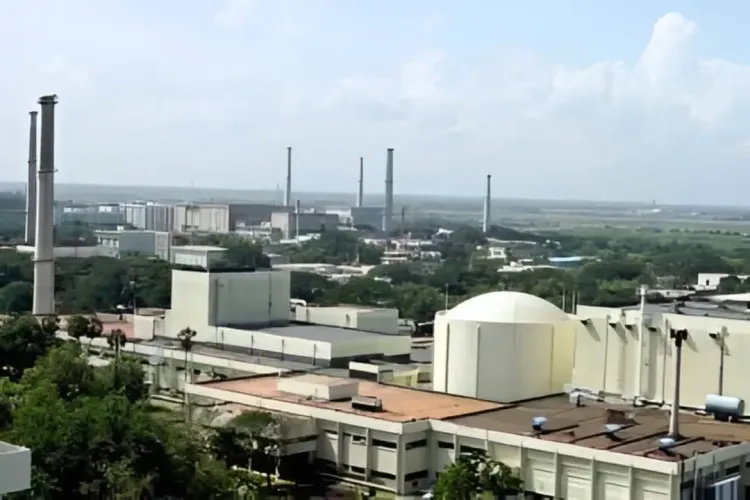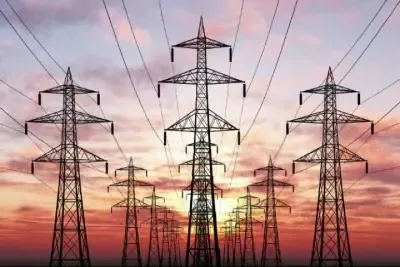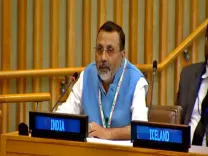When Will Fuel Loading Start at India's First Fast Breeder Reactor in Kalpakkam?

Synopsis
Key Takeaways
- PFBR is India's first fast breeder reactor.
- It aims to enhance sustainable nuclear energy.
- Fuel loading starts next week.
- Utilizes advanced technology with liquid sodium coolant.
- Significant for recycling spent nuclear fuel.
Chennai, Oct 12 (NationPress) Fuel loading at India's inaugural Prototype Fast Breeder Reactor (PFBR) located in Kalpakkam, Tamil Nadu, is scheduled to begin early next week, marking a significant achievement in the nation’s nuclear energy development.
The 500 MWe sodium-cooled reactor is a groundbreaking initiative by Bharatiya Nabhikiya Vidyut Nigam Limited (BHAVINI), which has encountered various technical challenges since its launch last year.
All identified issues have been successfully addressed by engineers, allowing the project to move into this critical phase of commissioning.
The PFBR plays a crucial role in the second stage of India’s three-phase nuclear energy agenda, focusing on the recycling of spent nuclear fuel to reduce radioactive waste and promote sustainable energy practices. Following the completion of fuel loading, the reactor is anticipated to achieve its first criticality within six months, gradually ramping up power output until it reaches its full capacity. This reactor will be the second of its kind operational globally, following Russia's 800 MWe fast breeder reactor.
Its distinctive feature is the use of plutonium-based mixed oxide fuel combined with liquid sodium as a coolant, a sophisticated technology that only a handful of countries have ventured into.
The PFBR will also utilize spent fuel from India's Pressurised Heavy Water Reactors (PHWRs), forming an essential component of the nation’s closed fuel cycle.
The Atomic Energy Regulatory Board has previously granted approval for the PFBR's fuel loading and low-power trials to commence in 2024. Once operational, the reactor will contribute not only to electricity production but also to the generation of plutonium for future thorium-based reactors—the final phase of India’s nuclear strategy.
India's current nuclear power capacity is at 8.18 GW, with ongoing projects expected to add another 7.30 GW. An additional 7.00 GW has been authorized and is currently in the planning stage. These advancements are projected to elevate the nation’s total capacity to 22.48 GW by 2031-32.
Future expansion includes 15.40 GW from domestic PHWRs, 17.60 GW from Light Water Reactors via international collaborations, and 3.80 GW from BHAVINI’s Fast Breeder Reactors. Coupled with emerging small modular and advanced reactor technologies, India aspires to fulfill its long-term nuclear energy mission of generating 100 GW of clean power.









